One of the main targets of this journey, the citadel of Kuelap, did not disappoint; getting there was both difficult and made easy.
The main reason to come to the region of Amazonas, far away from anything else we do in Peru, is to visit Kuelap, the biggest structure left behind by the Chachapoyas culture – well, the biggest one discovered so far, the jungle around here is full of further ruins that haven’t been explored yet. Kuelap was a fortification, on top of a mountain, with huge walls surrounding circular houses at two levels, a watch tower and a temple. Most of the complex was built between 500 and 800 AD, or 900 and 1100 AD, and may have had anything from between 3000 and 5000 inhabitants – depending on the sources you believe. In any case, well over 500 years older than Machu Picchu. It was abandoned around 1570, after the Spanish conquest, and rediscovered only in 1843. It has been compared to Machu Picchu, but without the tourists: reason enough to make the long journey.
From Chachapoyas we travel to the village of Nuevo Tingo, under normal circumstances an hour away. The circumstances aren’t normal, due to the rains large parts of the road have been flooded. To the extent that most vehicles cannot pass. It takes almost three hours before our minibus driver decides that the water has receded far enough to risk the crossing. We make it, but the total journey is now closer to four hours, for a distance of 35 kilometers only.
Luckily, things have changed. Where in the old days the way up was either a tortuous drive up by car, two hours or so, or a walk up, anything between 4 and 6 hours depending on your fitness, now a bus departs from Nuevo Tingo for a ten minute ride to the cable car station, from where you ascent the mountain, from around 2200 to 3000 m, in another 20 minutes. In a comfortable cabin, with spectacular views of the surrounding mountains, and the river below.
The fort itself is equally impressive. I think the walled-in enclosure covers about half of the flat mountain top. The masonry may not be of the same fine quality as that of the Incas was, but this is compensated for by the sheer size of the outer walls of the structure, with only three narrow entrances. Unfortunately, the main entrance, the one on all the photos we have seen so far, is being restored, bur further down the wall is another entrance, from where wooden walkways lead through the fort – as so often in Peru, there is no free wandering around anymore. But the walkways cover every corner, from a watch tower at one end to the main temple at the other. In between, the remains of the circular residences of the Chachapoyas, sometimes decorated with rhomboid or zig-zag patterns, or the remains of paint, now weathered off.
The comparison with Machu Picchu? The Indiana Jones-factor in Kuelap is definitely much higher. Many of the structures here are overgrown, the complex is not as neat as Machu Picchu, with its perfectly cut grass lawns in between the carefully cleaned and inconspicuously restored remains of the buildings. Because Kuelap is on top of the mountain, you don’t have the overview from above, like in Machu Picchu. Its setting is as dramatic as Machu Picchu, but you don’t notice it so much. On the other hand, there is much more of a feeling of authenticity in Kuelap, and the two or three small tour groups we shared the complex with, were easily avoided to give us the impression we were all alone in this magical place. Which makes a lot of difference, as far as I am concerned. No regrets, and worth all the efforts to get here, I would not have wanted to miss this!
next: Leymebamba


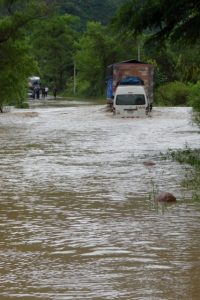
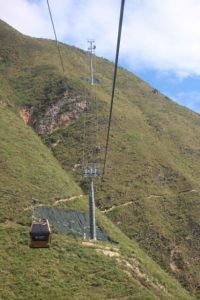

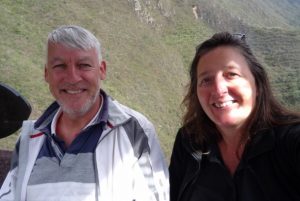

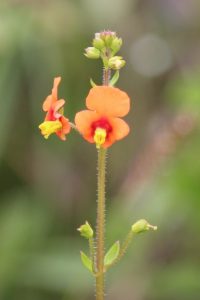



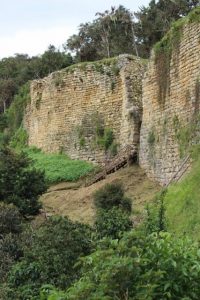

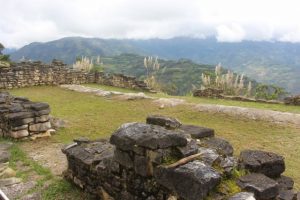
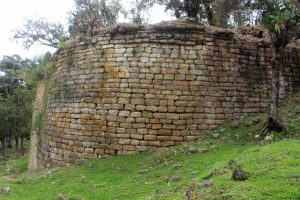
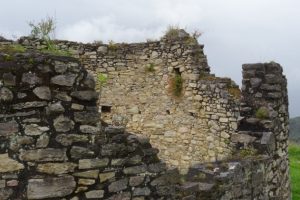



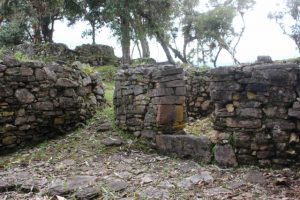
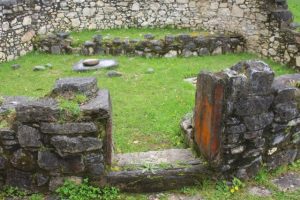

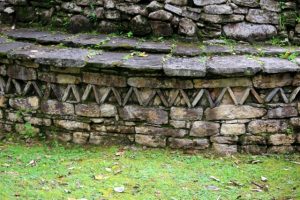

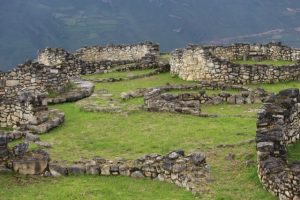
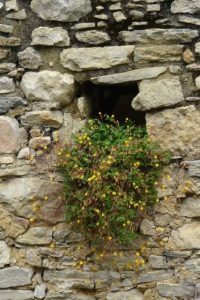
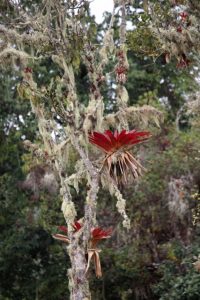
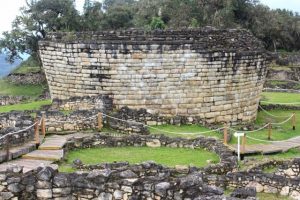

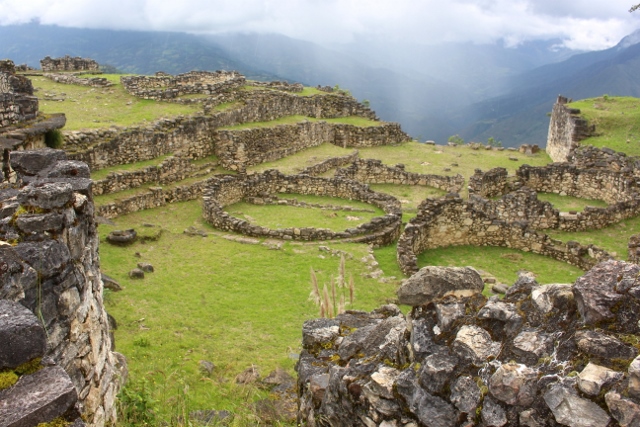
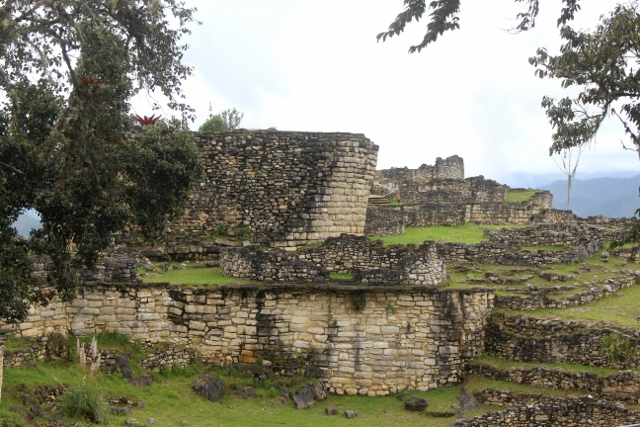










Fascinating! When I was in Macchu Picchu it was much more rustic, more similar to Kuelap. Beautiful pictures!
But that may have been some time ago, Lily? Rustic is not the word what comes to mind these days, in Machu Picchu. Kuelap is wonderful, though.